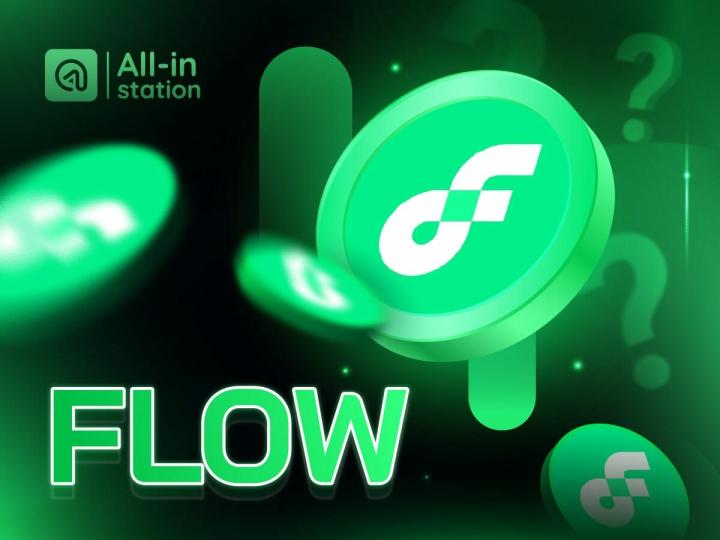It has been more than two years since the last time the Ethereum community gathered for a major technology event. That was the The Merge event, marking the long-awaited transition of the network to the Proof-of-Stake (PoS) consensus mechanism, which is more environmentally friendly.
The core components of the Ethereum blockchain have changed very little since then. Chain developers have focused on carrying out a series of upgrades to rapidly develop "layer 2" blockchains that are fast and low-cost, but the Ethereum community has largely lacked a consistent organizational vision, at least one that can reach the level of enthusiasm that The Merge once created.
However, that may soon change.
At the Ethereum Devcon conference in Bangkok on Tuesday, Ethereum Foundation researcher Justin Drake proposed a complete redesign of Ethereum's consensus layer called the "Beam Chain".
Beam Chain is "a redesign of the consensus layer that combines all the latest and greatest ideas from Ethereum's roadmap," Drake said.
Drake's Beam Chain vision arranges a series of "important" upgrades to Ethereum's consensus layer into a single package. It will adjust Ethereum's block production machinery, as well as handle staking and zero-knowledge (ZK*) cryptography.
Drake's presentation was highly anticipated, coming after months of online speculation and chatter in crypto forums that the influential Ethereum researcher who played a key role in the 2022 The Merge upgrade was working on something significant. Drake spoke to a packed auditorium, with viewers spilling out into the hallways outside the main stage of the event.
Beam Chain would not require any immediate changes to Ethereum or even anything entirely different from what's already on the chain's roadmap. However, it proposes a major shift in how future Ethereum upgrades are organized.
Currently, Ethereum upgrades its core code about once a year. Drake proposes continuing with annual upgrades to address "simple goals," but then making major changes only once every few years.
Beam Chain will focus on Ethereum's consensus layer, also known as the Beacon Chain, which is the part that handles how transactions are processed and recorded.
"The Beacon Chain is quite old. The technical specifications have been frozen for 5 years and a lot has happened in those 5 years," Drake emphasized.
According to Drake, Ethereum developers now have "much better understanding" of how to deal with maximal extractable value (MEV) — a sophisticated trading strategy used by savvy traders to extract additional profits from Ethereum, sometimes to the detriment of regular users. He said that in the past half-decade, there have also been important breakthroughs in ZK technology and Ethereum has accumulated "technical debt" that challenges developers' ability to rapidly and safely develop the chain.
Among the focuses of Beam Chain will be "faster slots" and "faster finality," meaning increasing the frequency of adding blocks to the chain, as well as increasing the number of transactions included in each block. This could lead to the introduction of single slot finality, where transaction data blocks can be finalized immediately, making the information permanent and immutable.
Currently, block finality on Ethereum takes around 15 minutes. By reducing this time, the process will become more efficient for applications or exchanges with high transaction volumes. The 15-minute delay creates opportunities for MEV exploitation and increases the risk of reorgs.
However, there are some concerns about centralization when shortening finality, as this requires more computational power and expensive hardware. Developers will need to balance the desire for faster times with the need for computational strength.
Beam Chain also includes a proposal to more deeply integrate ZK cryptography into the foundation of the Ethereum network. Ethereum developers have been pursuing a roadmap of using layer-2 rollups, which are side blockchains on Ethereum that allow for faster and cheaper transactions, before being settled back to the main chain.
In the process, these rollups have been employing a new technology using ZK proofs to help scale the blockchain. Over the past two years, dozens of ZK rollups have emerged, such as Polygon's zkEVM and zkSync from Matter Labs, attracting a lot of attention and building for these new blockchains.
With Drake's Beam Chain proposal, support for ZK proofs would be integrated directly into Ethereum's main layer-1 chain. This raises questions about the potential impact on the rapidly growing field of ZK-based layer-2 networks.
While Beam Chain is an ambitious upgrade, Drake does not want to call it "Ethereum 3.0" (people sometimes refer to Ethereum's 2022 The Merge upgrade as "Ethereum 2.0").
"Beam Chain is just about the consensus chain," Drake said, while other research is still underway on Ethereum's execution and data layers — the other core components of the network that support applications and layer-2 data.
*Zero-knowledge (ZK) refers to a type of protocol where one party can prove to another that a statement is true without revealing any other information besides the validity of the statement.
Join Telegram: https://t.me/tapchibitcoinvn
Twitter (X): https://twitter.com/tapchibtc_io
Tiktok: https://www.tiktok.com/@tapchibitcoin
Minh Anh
According to Coindesk






